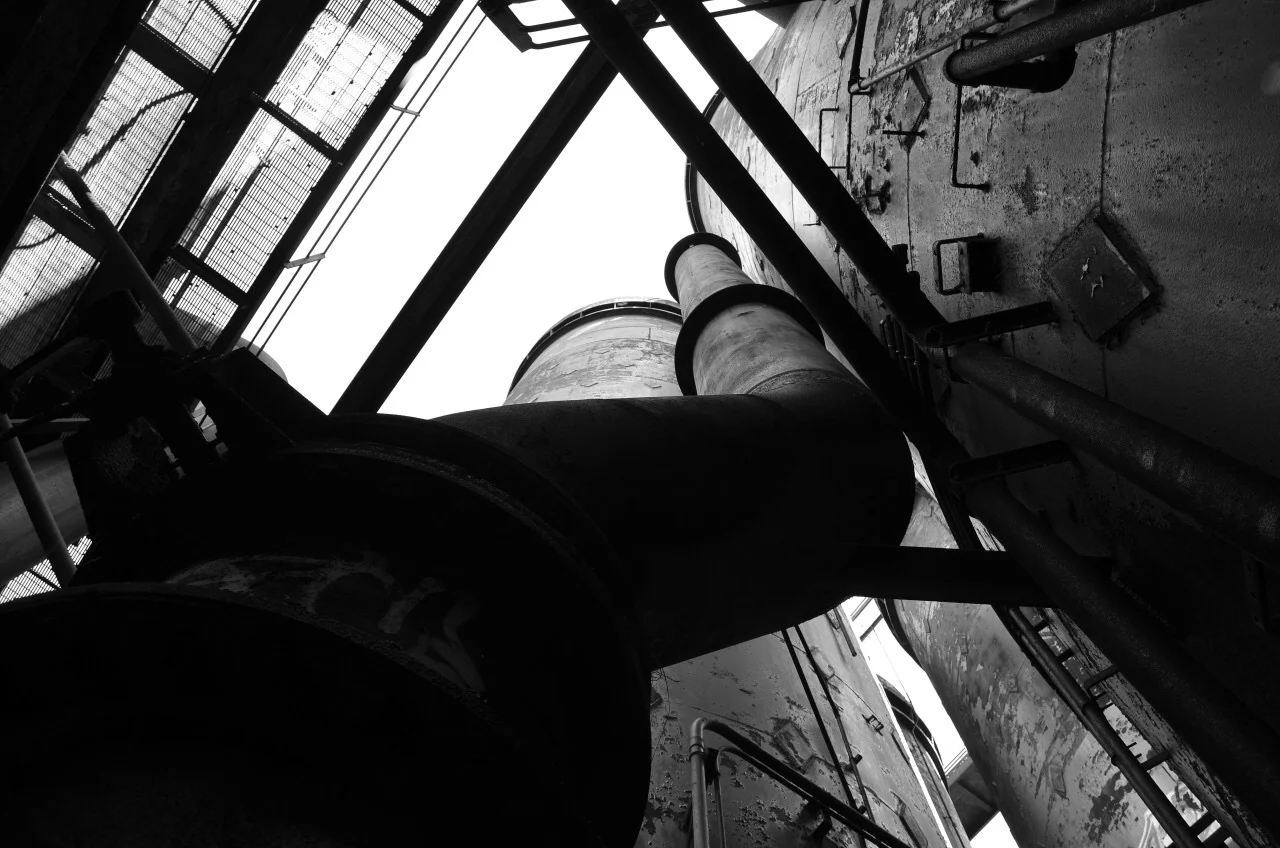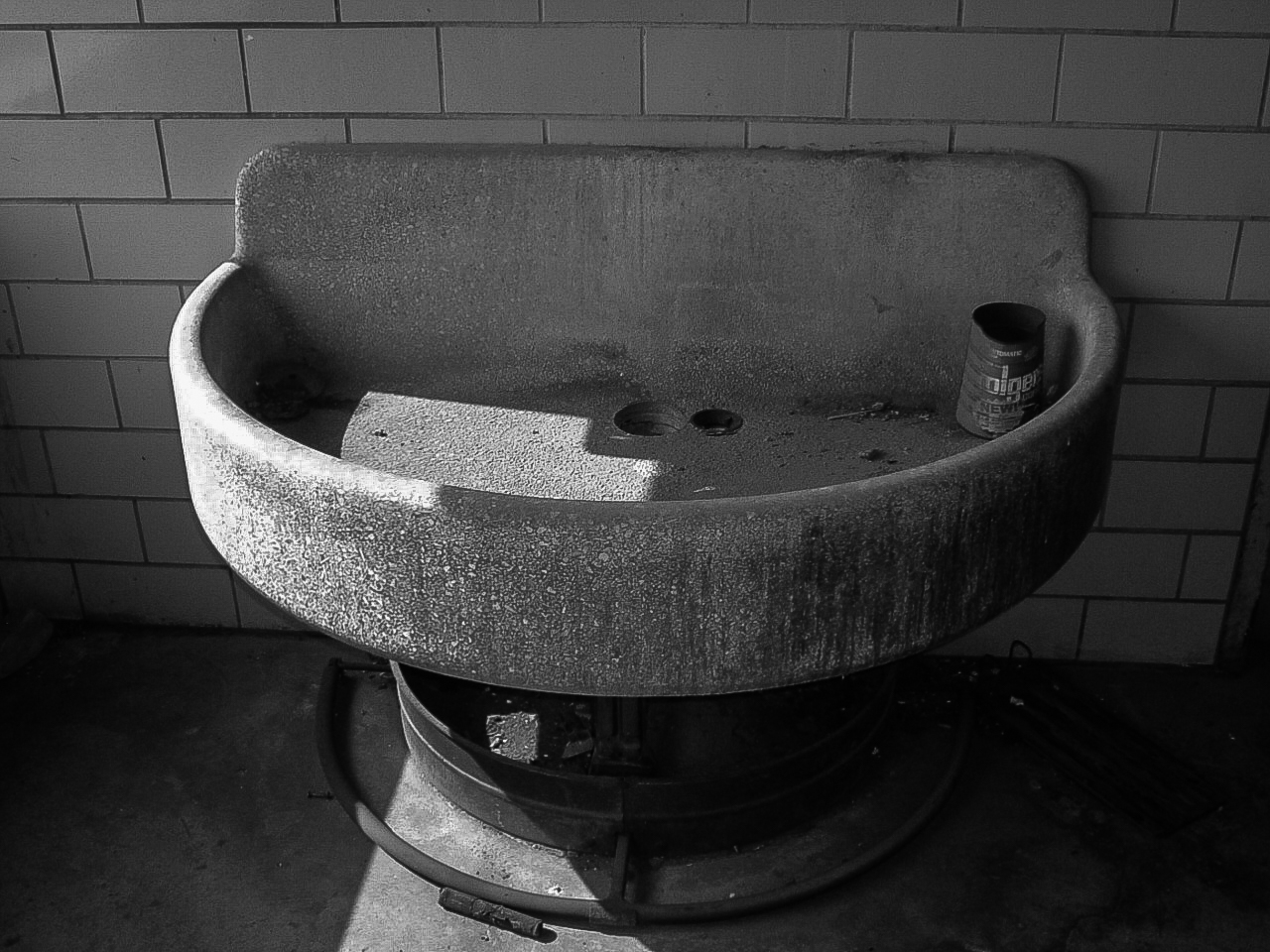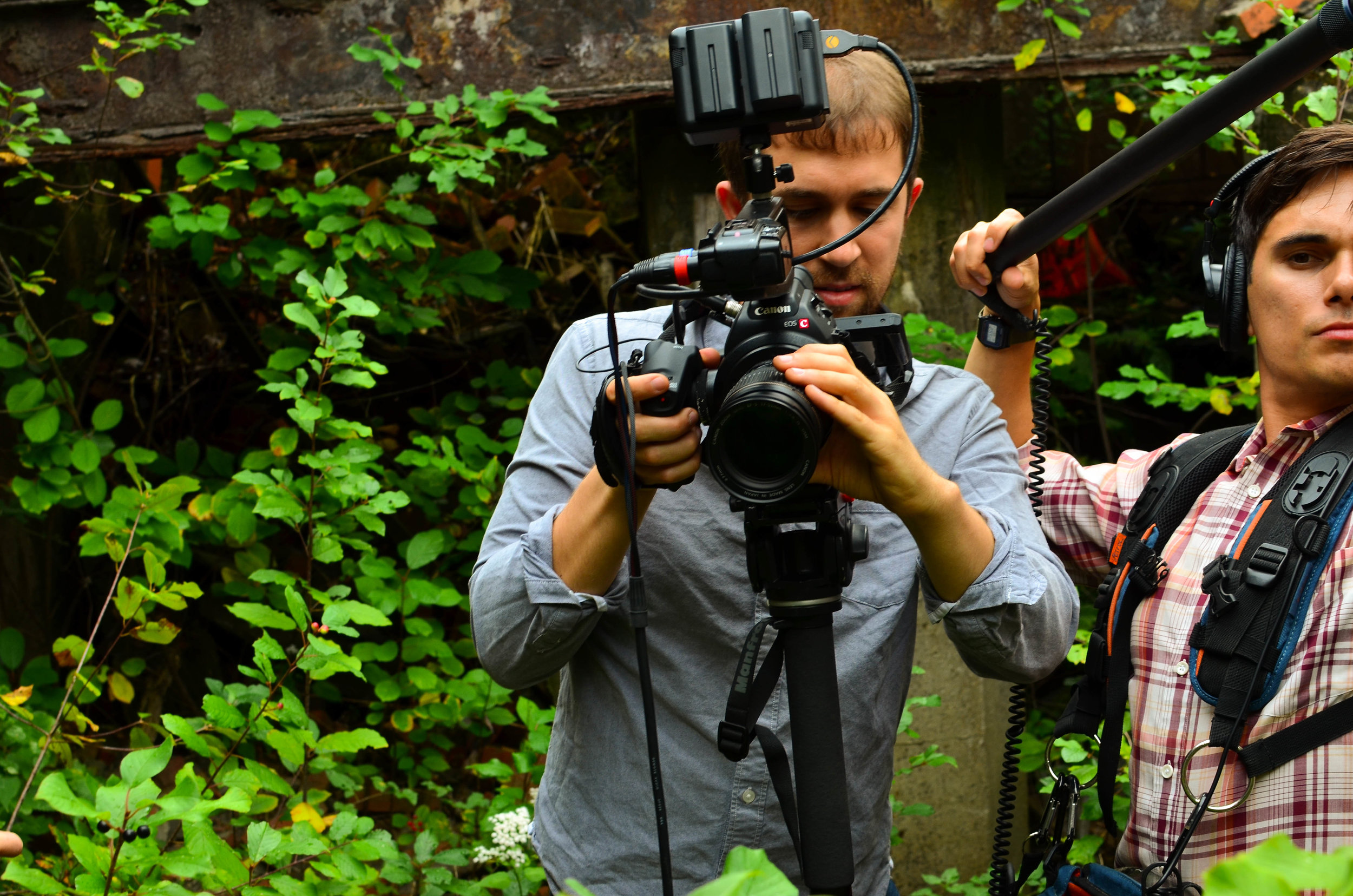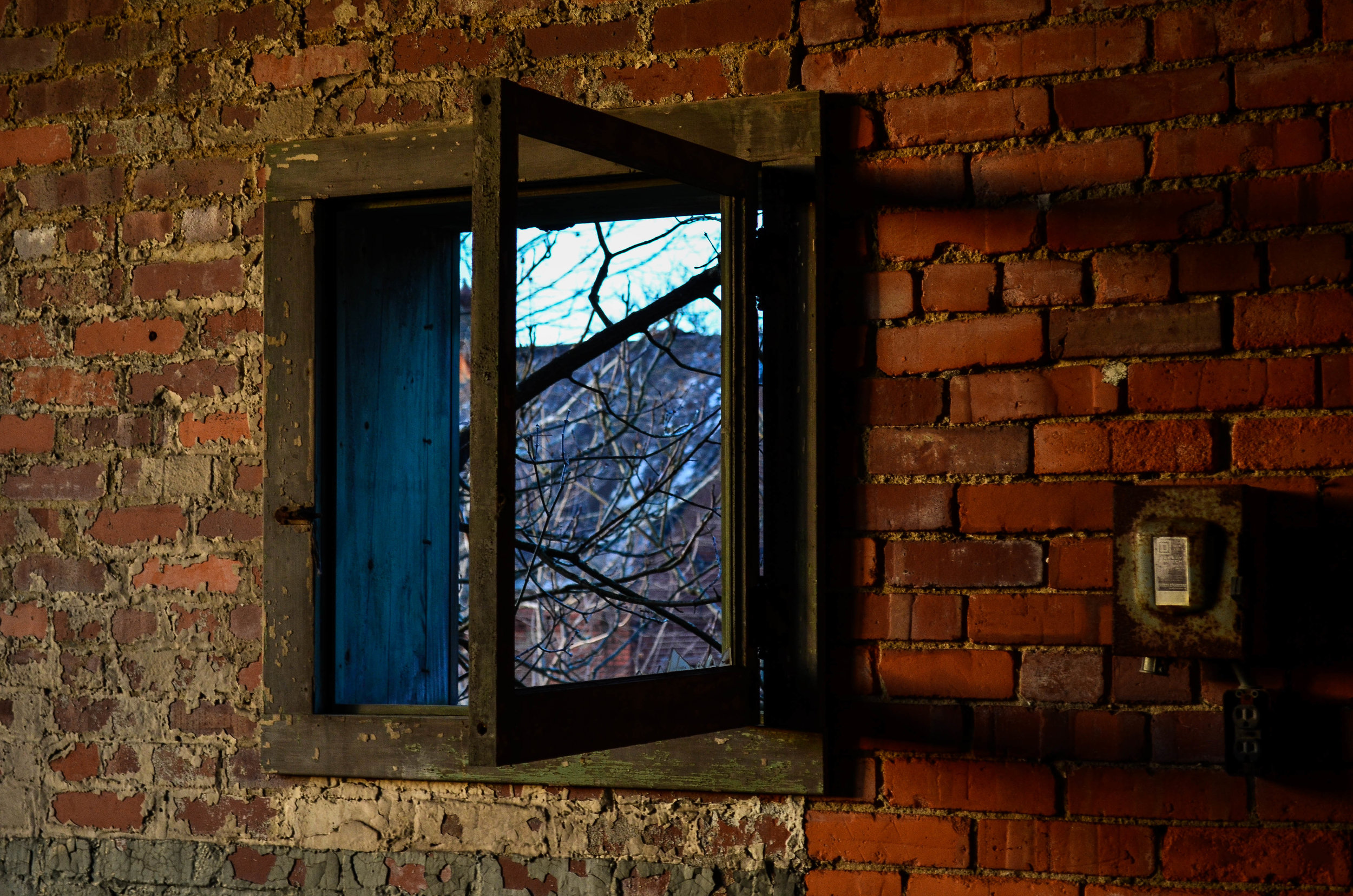Chicago, IL. - Today marks the 80th anniversary of the Memorial Day Massacre, the day that the Chicago Police Department killed 10 men attempting to picket the gates of Republic Steel's south Chicago plant.
This was part of the Little Steel Strike, the effort of the Steel Workers Organizing Committee to organize the mills of Republic Steel, Youngstown Sheet and Tube and Inland Steel among others. Basically the major steel producers that were smaller than US Steel, who had recently signed a contract with the S.W.O.C.. Although this particular slaughter happened in Chicago, this same strike was effecting Youngstown, Warren, and Niles Ohio as well as other cities in the state. See the headline from the Youngstown Vindicator below, which was published on that same Memorial Day. I will talk more about the use of aircraft in the Youngstown area during this strike in a coming post, but you should know that this was war, on the ground, in the air, and also through the use of propaganda.
5/30/1937
There were a total of 8 strikers permitted in front of Republic's main gate. On Memorial Day there was a rally near by the mill with hundreds of steel workers and others in attendance. A decision was made to march on the gates at Republic, and once they arrived all hell broke loose.
There are some very different theories for why this slaughter took place. Some say there were communist agitators placed in these mills to incite the strike/violence, some say the companies and police were out to crush the strike with no concern for the spilled blood of a few steelworkers. I am reading the autobiography of the man who was the head of Republic at that time for perspective, but it seems very pro company. Almost biased hah. At the same time, so do the socialist websites that tell the story from the other side. I'm sure the truth is somewhere in the middle.
Chicago Tribune - 1937
Either way, this event happened. 10 men killed in the street. Kids were shot. Men were shot in the back. No cops were shot. Some policemen were injured, I'll give them that, but shit. Shoot to kill! This wasn't even 100 years ago!
A picture is worth a thousand words, so I'll stop talking now. Scroll past the images for a two part newsreel from the time that shows some of the riot. Please watch the video. The actual start of the shooting is blatantly missing. They say Paramount Pictures had a cameraman there that filmed the police opening fire with no warning, but the video was suppressed because it was may have caused widespread rioting. Or support for the union. Who knows.
Click the following links for Part 1 and Part 2 of the newsreel footage regarding the massacre.

























































